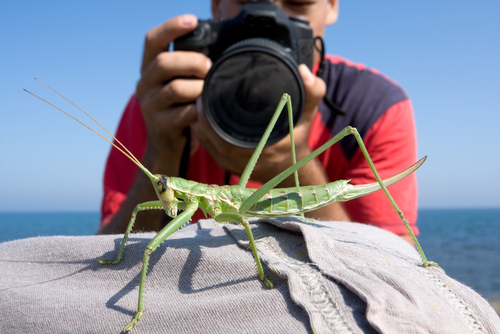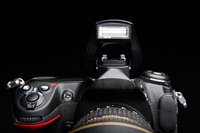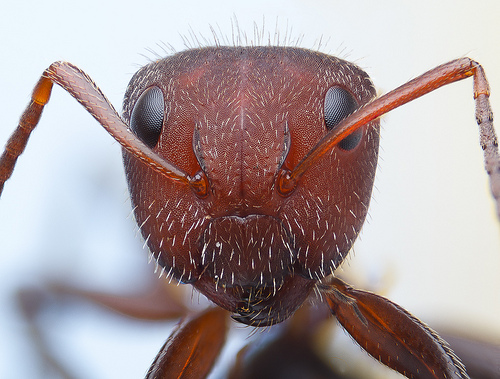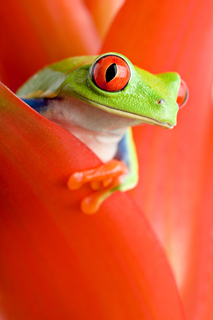Basic Training for New Macro Photographers
There are plenty of people who see extreme close up photographs – also known as macro photographs – and wind up getting bitten by the macro photography bug. They want to get in on the action and take some of those cool photographs with their own digital cameras. So they pick out a subject – perhaps a flower or even a small household object – pull out their cameras and start clicking away. Usually, though, those initial photographs don’t turn out all that great…
What is it that holds newbie macro photographers back in the beginning? Well, it usually comes down to not understanding the basics of macro photography. If taking breathtaking macro photographs were as simple as zooming in as close on a subject as possible then everyone would be capable of becoming a macro photographer who is capable of shooting amazing shots. The truth is you must take some time in the beginning to slow down a bit, so you can learn the basics.
It just so happens that we have you covered with some of this macro photography basic training. Before we begin we want to cover some of the key terms that Graham Houghton uses in the video –
Bridge Camera
Bridge cameras are cameras which fill the niche between the single-lens reflex cameras (SLRs) and the point-and-shoot camera. They are often comparable in size and weight to the smallest digital SLRs (DSLR) and there are also superzoom DSLR-shape bridge camera with retractable lens to make it more compact, but almost all digital bridge cameras lack an optical viewfinder system. In addition, SLRs normally feature interchangeable lenses, while current bridge cameras do not.
EV – Exposure Value
Many current cameras allow for exposure compensation, and usually state it in terms of EV. In this context, EV refers to the difference between the indicated and set exposures. For example, an exposure compensation of +1 EV (or +1 step) means to increase exposure.
Chromatic Aberration
In optics, chromatic aberration is a type of distortion in which there is a failure of a lens to focus all colors to the same convergence point. Chromatic aberration manifests itself as “fringes” of color along boundaries that separate dark and bright parts of the image, because each color in the optical spectrum cannot be focused at a single common point.
Vignetting
In photography and optics, vignetting is a reduction of an image’s brightness or saturation at the periphery compared to the image center. Vignetting is often an unintended and undesired effect caused by camera settings or lens limitations.
Source: Wikipedia
Now that we have got that out of the way, take a look at this macro photography tutorial to get some tips as well as see how different photography accessories impact your photos.
httpv://www.youtube.com/watch?v=68cKk32Zlzk
We know that this tutorial will be especially helpful to those of you who are using Panasonic bridge cameras and interested in both close up and wide angle filters. However, the basic concepts taught in this macro photography tutorial should prove to be helpful to all new photographers – regardless of the type of equipment that you might be using currently.
Don’t be afraid to slow things down as you ease into becoming a more experienced macro photographer. Watch this basic training (along with other macro photography lessons that we have for you on this site) and you will begin to develop your skills over time.
We hope you enjoyed this macro photography basic training session. Please take a moment to share it with other people by clicking on the Share button on this post!
Recommended Close Up macro filters and accessories –
Note: Please ensure you choose the the right size for your lens. The diameter of the lens is usually printed on the bottom of your lens









